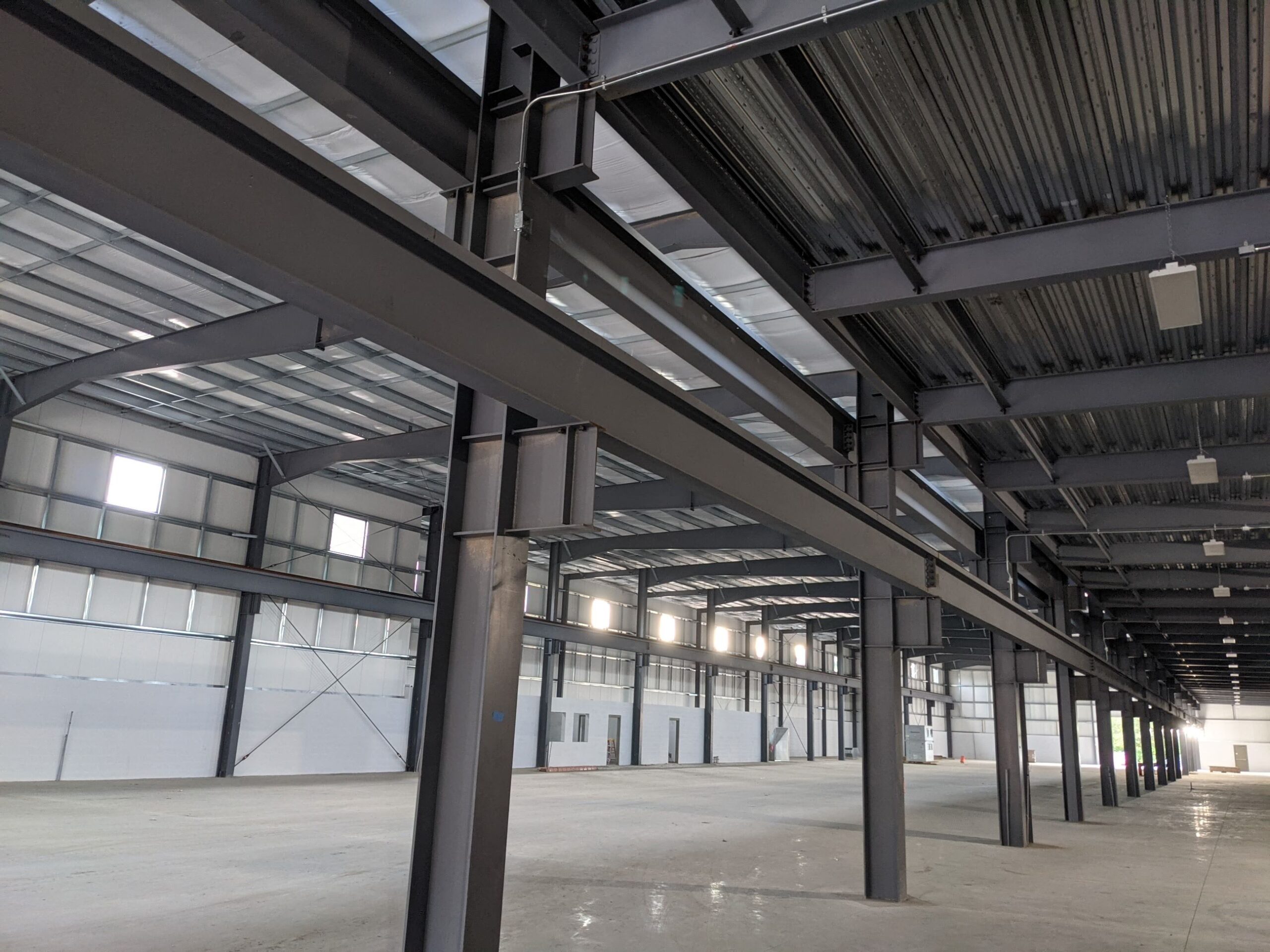How Does Technology Improve Commercial Architecture?
Architecture and construction teams have relied on a standard building protocol for ages. However, the latest developments in modern technology are transforming commercial architecture options for both industry professionals and business owners. Learn more about what architects think are the most exciting field trends and product offerings for this year and beyond.
Guide to Commercial Architecture & Innovation
Industry Developments
Architects and design professionals are no longer confined to a 2-D world to create a 3-D project. The field of architecture is embracing technology to inform construction and create new building possibilities. The most recent developments in software and hardware are quickly propelling the industry forward.
Innovative techniques and mechanisms include big data, artificial intelligence, and virtual reality. Modeling software and 3-D printing are also proving helpful. When combined, these tools make it easier than ever to turn a company’s vision into a quality finished product.
Technology Benefits
Rapid software developments and extensive scientific research are paving the way for smarter buildings, responsive layouts, and increased team collaboration. High-tech tools make corporate architecture and design more interactive, collaborative, and accurate. With technological assistance, architects, interior designers, and planners can do their work more efficiently. Improvements also make project coordination and execution more cost-effective.
Architectural Impacts
Additive manufacturing and 3-D printing technology allow architects to create more realistic and precise building design models, as well as full-scale likenesses of structures. Soon, a 3-D printer will develop whole buildings. Visualization and 3-D modeling software help design teams see a project come to life before construction breaks ground. Realistic renderings are virtually indistinguishable from an actual building.
Virtual reality is one of the newest commercial architecture innovations. In little time, every architect will be able to take their client on a journey through their new structure before the construction phase begins. As the technology continues to develop, these tools will be affordable for teams of all sizes.
When architects use advanced tools such as big data and artificial intelligence, they can analyze and synthesize project information in real time. These statistics supply them with a better understanding of critical information like specifications and price projections.

